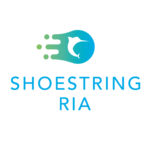

Intro to Banking
February 16, 2022 | RIA Resources

The previous article was the kickoff to our current focus on the nitty-gritty of running an RIA. Since most advisors have little experience in business management, these next few articles will be helpful in bringing your firm up to speed quickly.
In this article we will continue the most important topic: your firm’s finances. While you’re already in the business of managing people’s money, managing your own business’s finances is likely something you haven’t done, so we will continue this topic by focusing on banking.
Banking
The number of business banking options has dramatically increased over the past several years: even QuickBooks itself has a banking option built right into QuickBooks. It comes down to your personal preference.
If you’d prefer having a “point of contact,” a relationship with a traditional bank is a much better option. Banking with a large bank like Chase, Wells Fargo, or Bank of America comes with the luxury of extensive branch and ATM networks and the staff to give customers individualized service.
But there’s one drawback to dealing with a brick-and-mortar bank: fees. Wells Fargo charges you $10 a month unless you carry a $500 minimum balance, Chase charges $15 under $2,000, and Bank of America $18 unless you have at least $5,000 in your account. And there are other fees to worry about too.
If you don’t require a point of contact, choose an online bank. Most have no balance requirements and often have little if any fees. Some, like Kabbage, even offer interest-bearing checking accounts. A network of surcharge-free ATMs nationwide provides access to your funds, and customer service is provided through the app.
There’s also nothing preventing you from having multiple bank accounts. Some business owners prefer to separate their funds by category to keep transactions organized, such as a separate operating and payroll and benefits account.
Top online business bank accounts
Credit Cards
Over these first few weeks and months, there are going to be periods where you’re going to feel like your expenses are piling up faster than money’s coming in. They probably are: almost every business has start-up costs.
Applying for a credit card can solve this issue and give you a way to “float” some expenses while you work to bring more money in. Your own credit score impacts approval for a business credit card, so you’ll want to have a credit score of 620 or higher (and preferably above 700) to be approved.
Capital One’s Spark Business Card is the easiest for those with average or good credit, with options like the American Express Blue Business Cash and Chase Ink requiring good to excellent credit to be approved.
Look for options with cashback or travel rewards if you expect to travel frequently for your business. You’ll also want a card with low interest: if your credit score is low, you will pay considerably more.
Just remember, like a personal credit card, you’ll want to keep your balances low and manageable. Since most business credit cards require a personal guarantee, the card will appear on your personal credit reports, too.
A Guide to the Best Business Credit Cards for Startups
Summary
At a minimum, you want to open at least one bank account and credit card account, so you’ll want to ensure there are no negative marks on your credit reports before you apply. Credit is helpful, but like personal credit, use it sparingly and only when necessary.
The Shoestring RIA is a series of articles written and published by the BillFinTM team at Redi2 Technologies designed to help RIAs as they start out on their own. We recognize just how challenging it is to venture out and build a successful business. Our articles will be focused on helping these new businesses with a wide range of topics.
